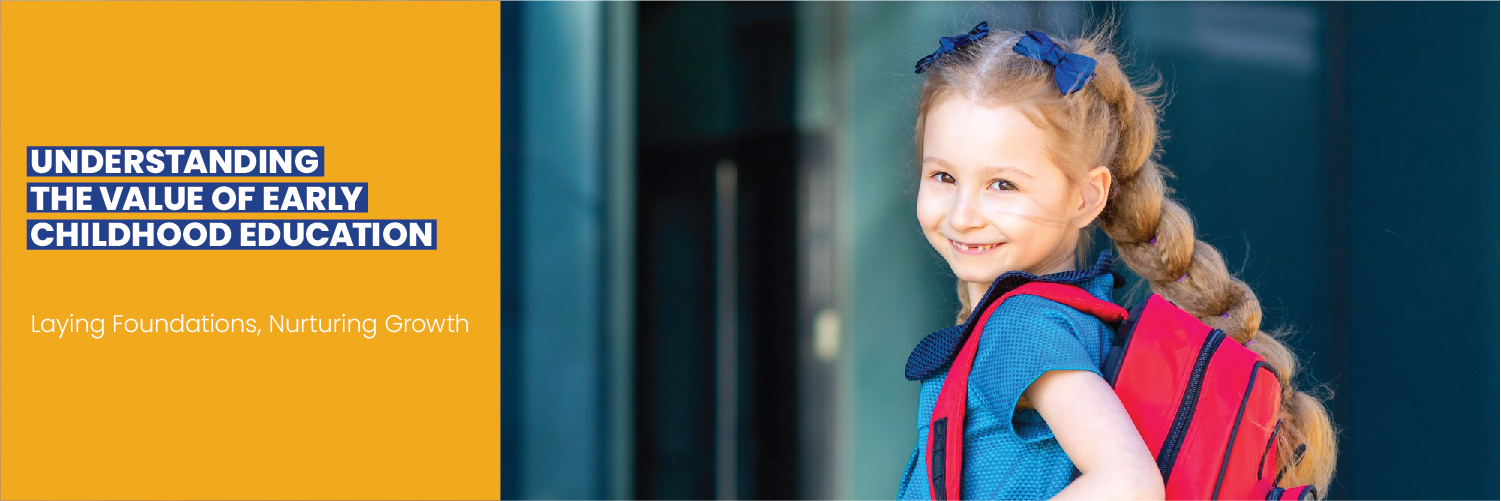
Understanding the Value of an ECE Preschool Curriculum
Laying Foundations, Nurturing Growth
A well-crafted Early Childhood Education (ECE) curriculum is deemed as the pulsing "heart" of any educational institution. Without a doubt, a school's existence and effectiveness are intertwined with its curriculum. Therefore, when school administrators and parents select a curriculum, they need to ensure it satisfies several important criteria. It should be (1) attuned to the needs of the children; (2) engaging and developmentally appropriate; (3) and adaptable. The term 'adaptable' implies that the curriculum should be versatile enough to cater to a classroom with varied developmental levels among students of the same chronological age.
Studies indicate that key emotional, cognitive, and behavioral skills are developed early in life. Foundational skills – such as recognition of letters, numbers, and shapes – are not only crucial for a smooth transition into school, but also for later academic achievement and social adjustment. The socio-emotional benefits of preschool, including learning to communicate and interact with others, are vital to the cultivation of 'soft skills' and emotional competence in life. A comprehensive approach to learning and development offers significant advantages to those who attend a quality preschool with an age and culture-appropriate curriculum.
Liberty's preschool curriculum aims to nurture and educate the whole child in the following key areas:
- Literacy and Language Development
- Early Mathematics
- Early Science
- Social Studies
- Creative Arts
- Social & Emotional Development
- Physical Development
- STEAM Framework
While a child's life experience and preparedness for preschool significantly influence what can be taught, the overarching goal of a curriculum is to introduce broad concepts, develop vocabulary, and spark interest in subjects like science, math, and art. These subjects, when introduced through exploration and play, create a captivating and inspiring environment that kindles the young learners' curiosity. For instance, lessons about dinosaurs can expand children's knowledge about history, animals, nature, and simultaneously enrich their vocabulary. Similarly, natural elements like flowers, water, trees, wind, integrated into lessons with targeted vocabulary development, offer multifaceted learning opportunities. The key understanding is that learning can occur everywhere – be it a grocery store, a gas station, or a local park, indoors or outdoors. Therefore, lessons that stimulate thinking and expression in a variety of real-life situations help cultivate and expand the young learners' linguistic abilities and vocabulary.
Adaptive & Catering to Diverse Learning Styles
Each child is unique, and their developmental pace varies. Some students respond better to auditory stimuli, while others are more visually oriented. The curriculum should aim to foster literacy and language development and other areas like environmental understanding, without over-reliance on worksheets. The ultimate goal is to equip the child with the necessary tools to become an eager learner in kindergarten and beyond.
A well-structured curriculum in an organized preschool learning environment will assist children in achieving important milestones such as speaking, reading, and writing, and mastering age-appropriate language skills. An early start is vital as language development progresses rapidly in children aged one to five years old. Daily interactions with peers and teachers foster essential language and literacy skills that will serve the young learner in the long run.
With its focus on dual language learning, easy implementation, engaging content, and structured lessons, Liberty's ECE preschool curriculum promises to fuel children's imagination and facilitate their holistic growth. This comprehensive approach to early learning ensures that every child is equipped with the skills and knowledge necessary for their educational journey and beyond.
